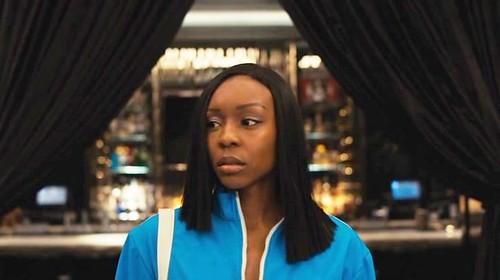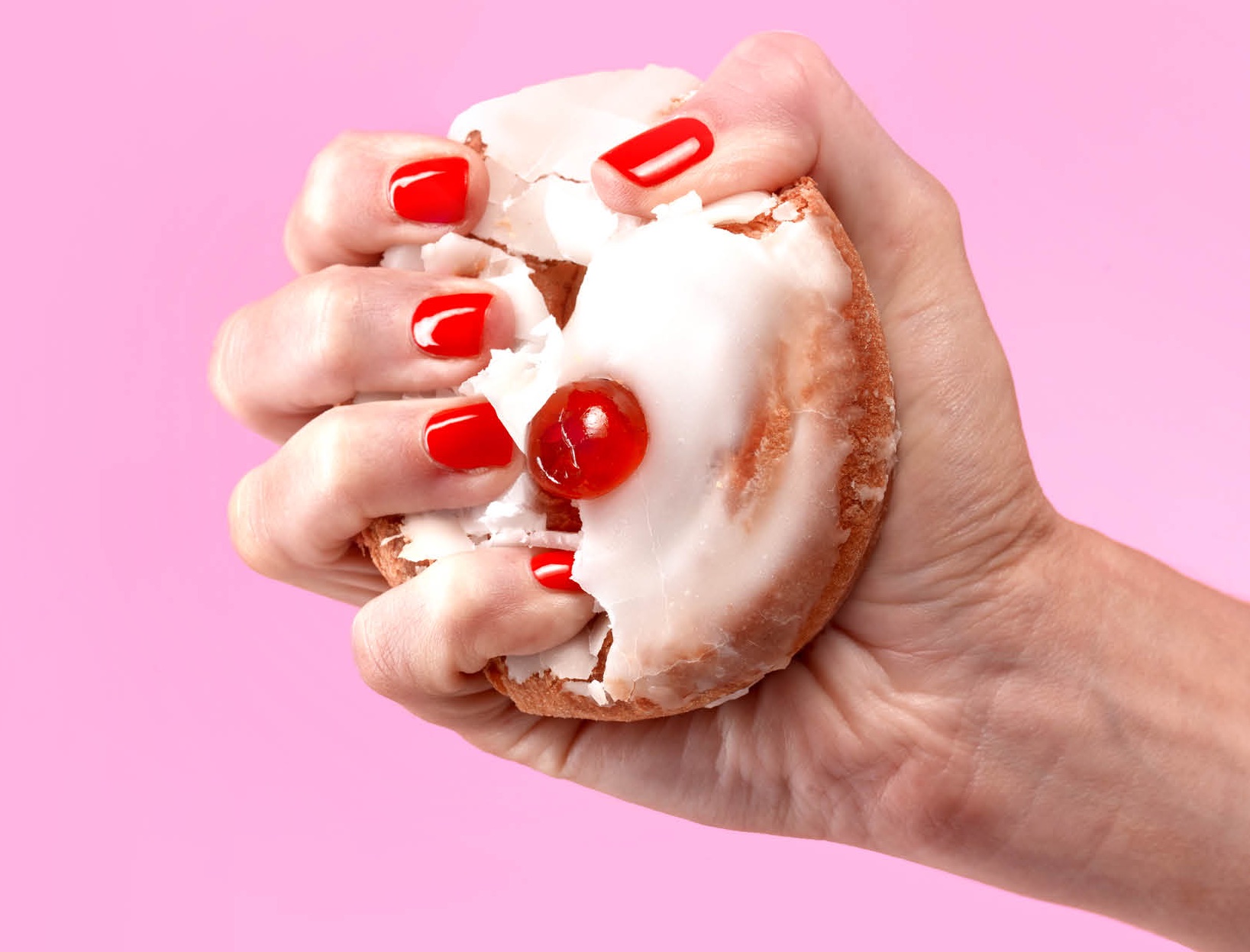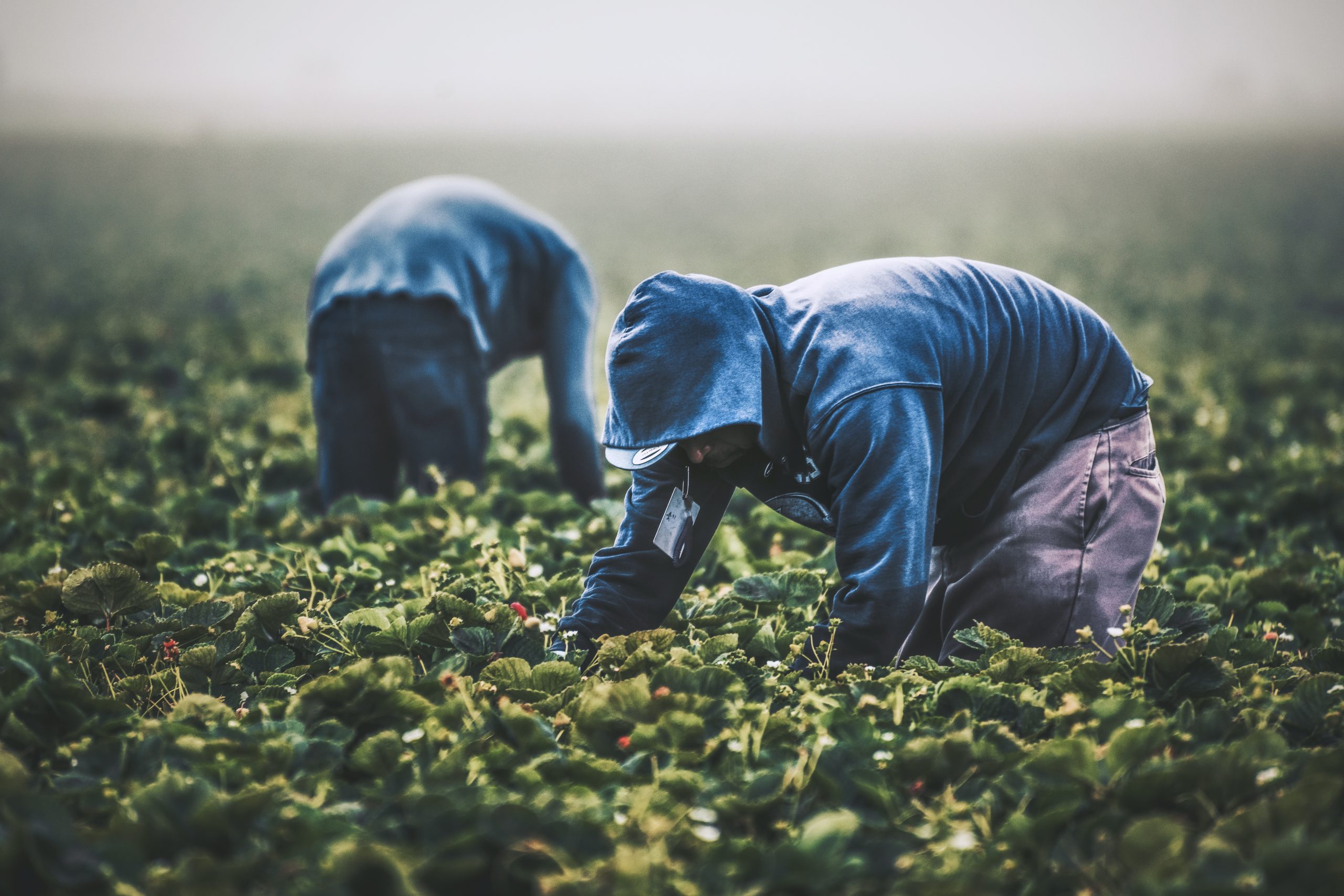Reading Lists
5 Literary Cocktail Recipes Inspired by New Books
Sip, stir, read. Repeat!

I never planned on becoming a home mixologist, or a mixologist of any kind. In fact, for much of my early drinking life, I hemmed and hawed every time I ordered a drink, sticking with less than satisfying standards like Greyhounds and vodka gimlets. Then I moved to the Bay Area and began drinking more bourbon (hello, Manhattans and Kentucky Mules). I also started consuming the gorgeous, complex, and often wholly original drinks on offer at various bars and restaurants. I doled out a lot of cash for hibiscus rum punches and fruity swizzles, rye-based cocktails made with burnt sage, pear vodka champagne cocktails, and smoke-infused potions until I realized, Hey, I can do this at home!
Crafting a cocktail that embodies a written story—drawing upon the scents, flavors, and imagery that make the book unique—results in a sort of flavor narrative of my experience with the written text. The visceral experience of a cocktail becomes a tangible language to express what a book means to me, and how it’s affected me.
After I finished a compendium of strong, spooky cocktails and mocktails as a giveaway for my forthcoming novel, The Gold Persimmon, it was only natural that I’d widen my circle of drinking buddies to include all the authors I was in the trenches of pre-book release panic with on Facebook. It brought me joy and a sense of accomplishment to support other writers this way.
When I finish a cocktail for an author, I send them a photo and the recipe, along with an explanation of how the ingredients reference elements of the story. I outline how I framed those choices when photographing the cocktail. The image is of the utmost importance: what kind of glass I choose, the background and props I employ are all key to creating a visual narrative to complement the flavor narrative. I often end up crafting whole tableaus or shadow boxes to achieve a certain effect, like the barren terrain of Mars, an enchanted forest, or an empty swimming pool. I want a potential reader to have a sense of the book at a glance and become so fascinated by the display, they can’t help but buy the book—and enjoy it with a drink in hand.
How to Mars by David Ebenbach
In this clever, irreverent, and thought-provoking novel, a handful of scientists have been given one-way tickets to Mars by an all-powerful corporation. The newly-minted Martians have also been issued an extensive—and sometimes existential—manual on how to conduct themselves in space, including admonishments against heterosexual sex for fairly obvious reasons, but humans gonna be humans.
Rooted in red sand sugar to mimic the orange-red wasteland of the characters’ new home, this cocktail honors classic Earth flavors—cherry and orange—which complement Mars’ signature color palette. A tin foil backdrop has both a reflective and obscuring effect to mimic the cultural, psychological, and sexual confusion of the colonizing scientists who are way out of their depth in space.
Ingredients
- Dry champagne
- 4 tsp. cherry liqueur
- Dashes of Orange bitters
- Maraschino cherry and dried orange slice garnish, if desired
Instructions
Spoon a cherry into a champagne flute. Pour the liqueur into the glass, then top with champagne. Add a few drops of orange bitters and garnish with a dried orange slice, if desired.
Infraction by Yvonne Zipter
Marya Zhukova is an intelligent woman who knows her own mind, and that mind is set on two things: advancement and liberation for women in Russia, and her girlfriend. But Marya lives in 19th-century St. Petersburg, a time fraught with gender and class conflicts, and with strict expectations when it comes to women of means. Can her relationship with Vera survive, especially once Marya takes on a husband whose intellectual curiosity matches her own?
To complement the rye base, I chose Lapsang Souchong for its delightfully smokey flavor, and because it was the most popular tea used in the traditional Russian Caravan blend, so named for the caravans in which it traveled from China to Russia. I added Drambuie for its honey tones, a reference to the honey served at Christmas as a symbol of happiness and peace. Lavender syrup adds some beautiful floral notes and is also a nod to the soap Marya smells on Vera’s skin the first time the lovers touch.
In presenting this booktail, I used a classic Russian tea glass surrounded by sumptuous black velvet, lavender, and dried peony petals. The glass is garnished with a large Vosges chocolate decorated with edible gold leaf and filled with hazelnut, Reishi mushroom (for all the mushrooms consumed in this book!), dulce de leche, and dark chocolate. The combined effect is the perfect tea for a society lady, or for lady lovers.
Ingredients for lavender syrup
- 1 cup water
- 1 cup white sugar
- ¼ cup dried organic lavender
Instructions for lavender syrup
Stir all ingredients together in a small pot. Cover and bring to a boil. Simmer for 15-20 minutes uncovered. Set aside to cool, then strain into a clean glass or jar. Keep refrigerated.
Ingredients for cocktail
- 2 oz. rye
- 1 oz. Lapsang Souchong tea
- 0.5 oz. Drambuie
- 0.5 oz. lavender syrup (see recipe above)
Instructions for cocktail
First, prepare the syrup. Once cool, add all ingredients to a mixing glass with ice. Stir until well-chilled, then strain into a chilled glass.
Mona at Sea by Elizabeth Gonzalez James
Mona has her adult life all figured out: good grades and a lucrative job offer waiting for her upon graduation. Until the recession hits and she finds herself living at home, trapped in the middle of her parents’ crumbling marriage. Her mother tells her to buck up and attend workshops for the unemployed in a church basement, while her dad tries to surreptitiously buy her some weed. She’s snarky and bitter and feels cheated out of the future she was promised. I appreciated Mona’s sharp wit and meanness, which serve as a shield to hide her fragility and emotional chaos.
For this cocktail, I chose tequila and Blue Curaçao over the traditional Triple Sec or Grand Marnier combo for its blue, sea-like look. Coconut water helps blend the flavors and, next to avocado toast, it’s the perfect symbol of millennial pretension and privilege (or what is perceived as such). Chili powder adds a touch of spice, while coffee cacao bitters are a nod to the coffee Mona is constantly consuming.
In presenting this drink, I chose a reflective base and intentionally used the “wrong” glass (a tall beer glass) to make the vessel fronting this tableau of woe seem larger than life. Also, what 20-something has cocktail glasses? (The recipe will not yield this volume, just FYI. But feel free to double, or triple it. Mona probably would.) In the background are self-help books, plus a copy of Sartre’s No Exit (“hell is others.”) I also included a pipe and lighter to reference the weed-smoking Mona can’t afford. The pipe is complementary in color, with eyes painted on the bowl and along the stem that could be meant to ward off bad luck, but also reference the opening of the third eye, or inner eye to the self. Seeing ourselves clearly is perhaps the most difficult sight of all.
Ingredients
- 1.5 oz. tequila blanco
- 1 oz. Blue Curaçao
- 1 oz. coconut water
- Dash of chili powder
- Dashes of coffee cacao bitters (or few drops each of coffee bitters and chocolate bitters)
Instructions
Combine all ingredients in a shaker with ice. Agitate vigorously until the shaker feels frosty. Strain and pour into a martini glass.
Paddock by Mary Lou Buschi
In this dark, surreal play-in-poems, two girls set off into the woods to search for a mother they will not find. Instead, they grow into womanhood and all its struggles.
For this recipe, I chose vodka for its strength, malleability, and invisibility as a flavor. The author had mentioned she was partial to prickly pear, which brings in some gorgeous color to match the book’s cover. The plant’s prickles symbolize the girls’ many trials. Chartreuse is floral in a complementary way, with an appropriately eerie green tone. Lemon is for the sharp pain and bitterness of life. Lastly, Virtue bitters bring out the other florals and reference the virtues of womanhood: strength and perseverance.
This book is rife with references to plants, the forest, the sea, and other natural imagery. To honor that theme, I chose to cultivate an enchanted forest vibe for the presentation, with the booktail at the center looking as irresistible as a poisonous jewel or berry. I built the woodland tableau atop green sugar, outfitted with sticks, leaves, and flowers from my yard, along with a few crystals.
Ingredients
- 1.5 oz. vodka
- 0.5 oz. prickly pear syrup
- 0.5 oz. Green Chartreuse
- 0.5 oz. lemon juice
- Dashes of Strongwater brand Virtue bitters
Instructions
Combine all ingredients in a shaker with ice. Agitate vigorously until the ice breaks up and the shaker turns frosty. Strain into a martini glass, or other stemmed vessel of your choosing.
Lodestone by Katherine Forrister
Lodestone-peddler Melaine lives in a world where magic is everywhere, but the best spells are reserved for the rich and powerful. Melaine violates taboo by hustling her raw magic into lodestones for a tuppence, a career path she’s desperate to leave behind. When she achieves an audience with her childhood idol, the Overlord, she learns the people may all be prey to even more malevolent forces. Faced with menacing apparitions, ancient curses, and an even greater horror that could threaten the entire kingdom if unleashed, Melaine’s desire for survival is contested by her growing feelings for the Overlord.
I was inspired by this novel’s portrayal of magic as a kind of currency that further divides the haves from the have-nots. I chose blackberries as a reference to Melaine’s signature black lodestones with a purple sheen. Drambuie is a nod to the honey in the mead that the common folk enjoy, and lemon represents the bitterness of the people’s suffering.
In presenting this booktail, I set the gold-bottomed glass atop a gold-rimmed geode platter, which contrasts beautifully against the natural purple of the elixir. The (very optional) gold leaf on the blackberry garnish adds a touch of magic.
Ingredients
- 1.5 oz. bourbon
- ⅓ cup fresh blackberries
- 1 oz. Drambuie
- 0.5 oz. lemon juice
- Walnut bitters
Instructions
Place a large ice cube in a single rock glass and set aside.
In a shaker, muddle the berries. Add fresh ice then the bourbon, Drambuie, and lemon juice. Agitate vigorously and strain into the glass. Add a few drops of the bitters. If desired, garnish with a fresh blackberry. First, decorate the berry with edible gold leaf (if you’re feeling fancy), then gently set it atop the surface of the ice.














